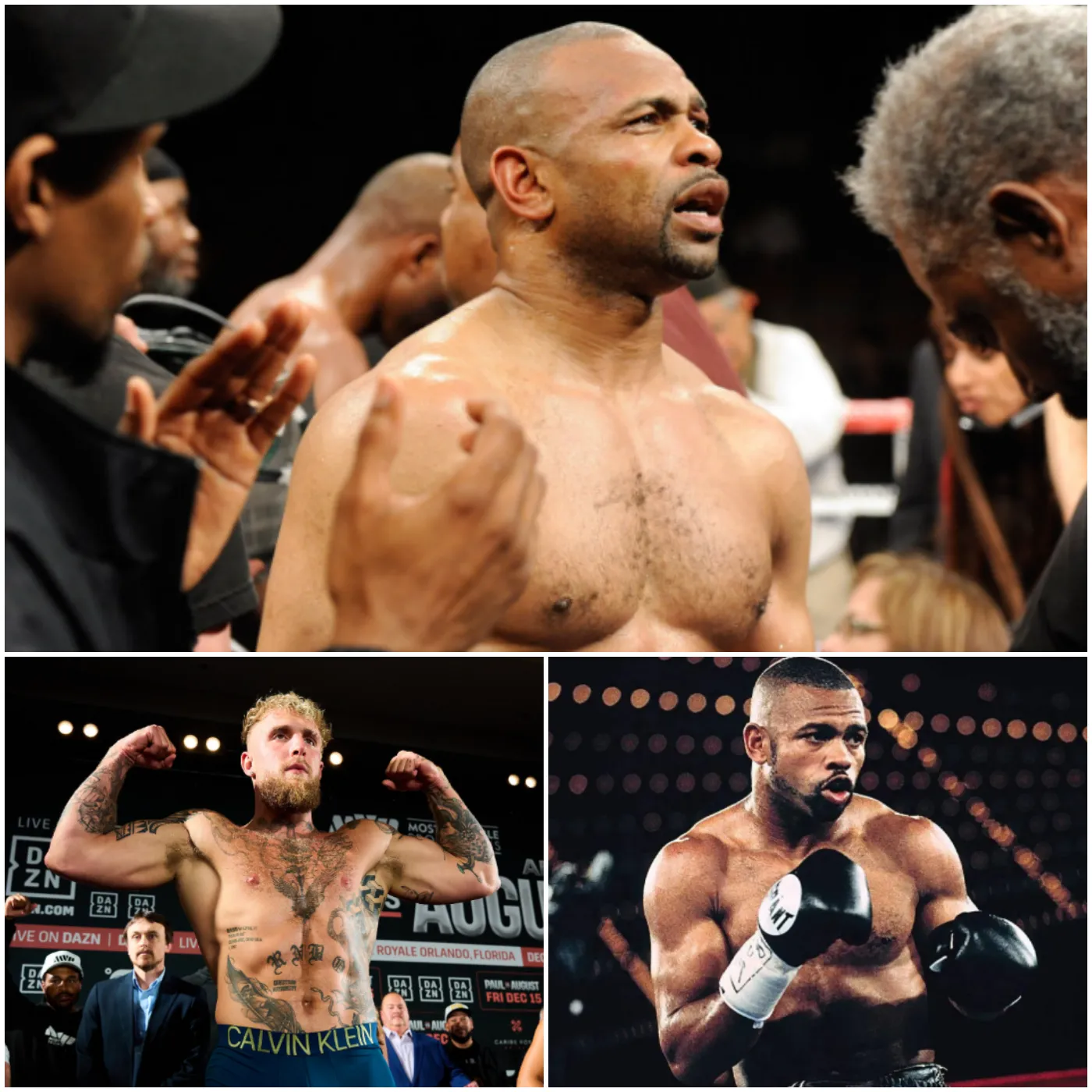The Tragic Loss of Genadij Krajevskij: He was missed the dated rematch with Tommy Fury
Tommy Fury recently received some tragic and unexpected news from his former opponent, Genadij Krajevskij, who passed away at the age of 37. This sudden loss shook Tommy and raised deep questions about the harsh realities of being a professional boxer. Along with the news of Krajevskij’s death, the fighter left a lasting message for Tommy: […]

Tommy Fury recently received some tragic and unexpected news from his former opponent, Genadij Krajevskij, who passed away at the age of 37. This sudden loss shook Tommy and raised deep questions about the harsh realities of being a professional boxer. Along with the news of Krajevskij’s death, the fighter left a lasting message for Tommy: “How many fights does your old opponent have at 37?” This question serves as a reminder of how fast time can catch up with athletes in the ring and how the physical toll of boxing can impact even the most talented fighters.

The Grim Reality of Age in Boxing
Boxing is a sport where age is both an asset and a liability. Fighters typically reach their peak in their late 20s and early 30s, but the strain that years of intense physical activity places on the body can take its toll much sooner than anticipated. Krajevskij’s death at 37 highlights the fragile nature of a boxer’s career. Tommy must now face the sobering fact that his body may not always be able to endure the grueling demands of the sport.
The question Krajevskij posed is one that all boxers must eventually answer: How long can you keep fighting before your body is no longer able to keep up? This is a pivotal moment in Tommy Fury’s career, forcing him to consider not only his longevity in the sport but also the mental and physical consequences of continuing to compete at the highest level.
The Toll of the Ring: A Boxer’s Physical and Emotional Struggles
Every boxer faces the toll that the sport takes on their body. The injuries, the wear and tear, and the constant need to stay in top shape are part of the job. However, many fighters overlook the mental and emotional toll that boxing exacts. For Tommy Fury, Krajevskij’s passing serves as a grim reminder that the life of a boxer is filled with struggles both inside and outside the ring.
Boxers like Tommy dedicate their lives to training and competing, pushing themselves through pain, injuries, and exhaustion. But as Krajevskij’s death illustrates, even the most dedicated warriors are not immune to the inevitable ravages of time. This loss forces Tommy to reflect on his own health and whether it is worth sacrificing his well-being for a few more victories.
Legacy and the Pressure to Perform
Krajevskij’s message about fighting at 37 also brings up the concept of legacy. In boxing, the most celebrated athletes are those who not only achieve success but also maintain their health and longevity. Krajevskij’s untimely death emphasizes the importance of knowing when to walk away from the sport, something that Tommy must now contemplate. Will Tommy push himself further for the sake of his legacy? Or will he choose to preserve his health and exit the sport while still capable of enjoying life after boxing?
Reflecting on the Future

Tommy Fury’s recent shock over the loss of Genadij Krajevskij is more than just a moment of mourning. It forces Tommy to reflect on his future in the ring and the difficult decisions that lie ahead. As Krajevskij’s passing shows, boxing is a dangerous sport, and age catches up with even the most talented athletes. Tommy’s future will depend on how he balances the desire for continued success with the need to protect his body and mind for life after boxing.










































